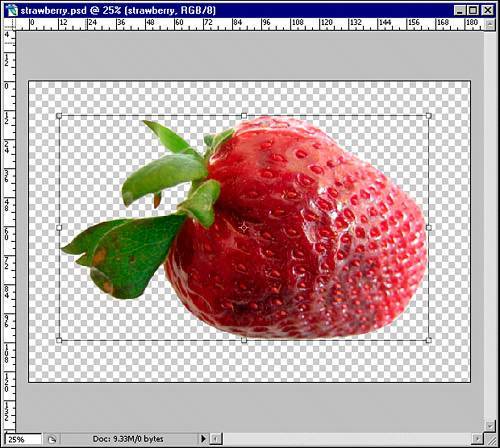TRANSFORMING LAYERS
| When you transform a layer, you modify the position, scale, shape and even rotation of the layer. Transforming a layer is useful for changing the size or placement of a layer, as well as for adding perspective or distortion. You cannot apply the transformation process to the Background layer; you must convert that layer to a standard layer before you can transform it. To convert the background layer, double-click it in the Layers palette and rename it in the dialog that appears. Alternatively, duplicate the Background layer and transform the copy, leaving the original Background layer untouched. To transform layers, follow these steps:
You also can apply individual transformation options by choosing Edit, Transform and then choosing the transformation option you want from the submenu that appears. This approach limits the transformation to only the selected task, such as rotating or scaling. In addition, you can transform a layer with numeric precision by choosing Edit, Transform, Free Transform. In the Options bar, you can adjust the Position, Scale, Rotation, and Skew options. This approach is especially valuable when you have to repeat the same transformation across multiple unlinked layers. |
EAN: 2147483647
Pages: 426
